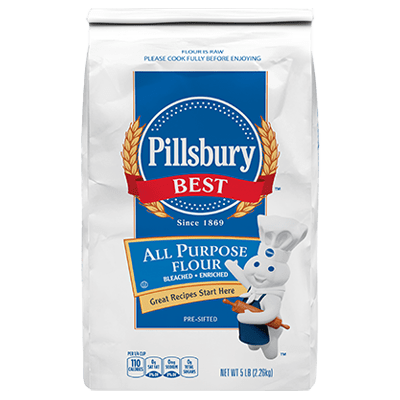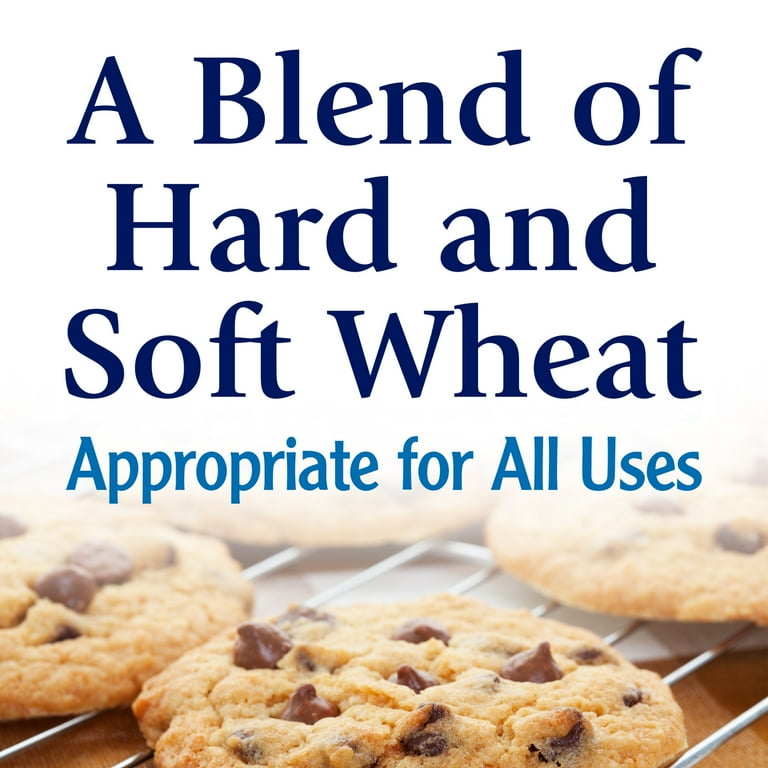So, I found myself with some Pillsbury All Purpose Flour the other day. Just had it sitting in the pantry, you know? Figured it was time to actually use it for something beyond just thickening a sauce here and there. I decided, “Alright, let’s make some basic bread.” Nothing too fancy, just a simple white loaf to see how this flour holds up.
Getting Started
First thing, I pulled out my old trusty recipe. I’ve used it a million times. It’s not complicated. Flour, water, yeast, a bit of sugar, salt, and a touch of oil. Standard stuff. I grabbed the Pillsbury bag. It’s a pretty common brand, see it everywhere. Opened it up. The flour looked… well, like flour. White, a bit powdery. No surprises there, which is good, I guess. I don’t want surprises with my flour.

I measured out the amount I needed. I always do the scoop and level method. Some folks weigh it, but I’m old school for simple things like this. The flour scooped out easy enough. It wasn’t too compacted in the bag, which sometimes happens with other brands and you end up with a cloud of flour everywhere. This was pretty manageable.
Mixing and Kneading
Next, I got my yeast proofing. While that was doing its thing, I mixed the flour with the salt and sugar in a big bowl. Then came the wet ingredients – water, oil, and the yeast mixture. I started mixing it all together with a wooden spoon. The Pillsbury flour started to combine pretty well. It didn’t get overly clumpy right away. Some flours, they just fight you every step of the way. This one seemed to play nice.
Once it formed a shaggy dough, I tipped it out onto my lightly floured counter. And yeah, I used more of the Pillsbury for dusting. Time to knead. I set a timer for about 10 minutes. The dough felt alright. It wasn’t too sticky, wasn’t too dry. It developed a decent elasticity as I worked it. I didn’t have to add a whole lot of extra flour during kneading, which I appreciate. Sometimes you end up adding so much extra flour that the recipe gets thrown off.
Rising and Baking
After kneading, I put the dough in a greased bowl, covered it, and let it rise. It took about an hour, maybe a little more. The dough doubled in size, just like it’s supposed to. Good sign. The Pillsbury flour seemed to be doing its job with the yeast.
Punched it down, shaped it into a loaf, and put it in a loaf pan for the second rise. That took another 45 minutes or so. It rose nicely again. Then, into the preheated oven it went.
The house started smelling like baking bread, which is always a good thing. After about 30-35 minutes, it was golden brown. I tapped the bottom, sounded hollow. Perfect.
The Result
Let it cool for a bit before slicing. Cutting into it, the texture looked pretty good. It was soft, had a decent crumb. Not super airy, but not dense like a brick either. For a basic white bread made with all-purpose flour, it was what I expected.

And the taste? It tasted like bread. The flour didn’t impart any weird off-flavors. It was just a good, neutral base, which is what you want from an all-purpose flour. It made a decent sandwich later.
So, my experience with the Pillsbury All Purpose Flour?
- It was easy to work with.
- Mixed well, kneaded well.
- The bread rose as expected.
- The final product tasted fine, texture was good for an AP flour.
Overall, it did the job. It’s a reliable, no-fuss kind of flour. I wouldn’t say it’s some magical ingredient that will transform your baking into something award-winning all by itself, but it’s solid. It gets the work done without any drama. For everyday baking, like my simple loaf, it’s perfectly adequate. I’d use it again for sure. It’s just a dependable workhorse in the kitchen.













